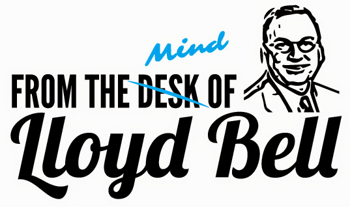Can't Afford to Sell
 A common issue that business owners face when contemplating the sale of their business is whether they can maintain the same standard of living post-sale without dipping into the proceeds. Consider an owner of a company who draws a salary of $250,000 per year. We’ll further assume that this company has no debt and could be sold for $10 million after taxes.
A common issue that business owners face when contemplating the sale of their business is whether they can maintain the same standard of living post-sale without dipping into the proceeds. Consider an owner of a company who draws a salary of $250,000 per year. We’ll further assume that this company has no debt and could be sold for $10 million after taxes.
Sounds pretty good, right?
Using my advanced math skills (don’t try this yourself) the earnings on the sale proceeds would need to be 2.5% per year in order to maintain the pre-sale earnings level. No problem.
But what of the owner of a business that reports EBITDA of $750,000 and has about $2 million of debt outstanding? Assuming the business could be sold at 6 times EBITDA (but you know how I feel about EBITDA multiples) which implies a value of $4.5 million; subtract the debt and the pre-tax proceeds are $2.5 million.
Now the annual return needs to be 10%. That can be a challenge.
This may seem like a silly exercise, but it’s a real one that business owners are facing right now. I wish I could say that low interest rates are to blame, but this problem exists no matter what the interest rate environment may be at the time. Note that while low interest rates may have a negative impact on investment performance, they increase the value of the underlying business.
The point is that one can’t assume that the business will continue to provide at the same level whether it’s owned or not. Careful wealth planning well in advance of a potential transaction is necessary to ensure that the business owner doesn’t fall into the trap of not being able to sell.
It also helps to not only understand the current market value of the business, but also to discuss specific ways the value can be enhanced. Fortunately, you know someone who can help in this regard. It’s as simple as hitting “Reply” to this e-mail.
Lloyd W.W. Bell III is Director of the Corporate Finance Group at Meaden & Moore. He has over 30 years of experience in financial management.








